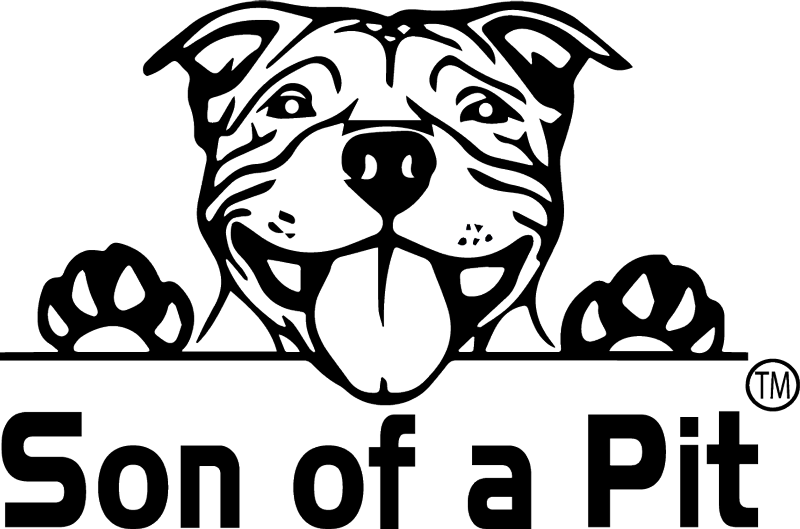Dog Barks Have the Same Meaning Everywhere
They are creatures of few “words” yet dogs communicate easily with canines everywhere, and with most humans. If you and your dog were to travel to a foreign country, knowing nothing of its language and culture, you would have a hard time communicating. You would have to abandon your vast verbal vocabulary and resort to making basic gestures — hoping that none of them are culturally offensive.
Your dog, however, upon meeting a foreign dog, would be able to know through body language what each other’s social status is, through sniffs their age and sex, what they ate, their general health, where they’ve been, and availability to mate. Then, should it be necessary, through barks or growls, they can also determine how friendly or aggressive the other dog is and how they should proceed with the relationship.
A dog’s primary communication is first through scent, then body language, and then his vocal sounds such as barking, growling and whining. In the wild, dogs bark to call the pack together, alert each other to danger or to a delightful food find. Dogs living with humans quickly figure out that communicating to us through scent is useless — we’ll never appreciate the detailed messages embedded in urine on a fencepost. So our dogs speak to us through body language, because we understand it fairly well, and through barking, because it definitely gets our attention.
All Dogs Share a Universal Barking Language
According to Stanley Coren, author of many books on dog communication, including How Dogs Think and How to Speak Dog , all dogs share a universal barking language, though different breeds seem to have different dialects. The vocal sounds, though limited in the “words” which are barks, growls, whines, yips, yelps, whimpers and howls, are quite varied in the pitch, repetition and duration and these “inflections” form meaning. Generally, lower-pitched sounds are warnings and higher-pitched sounds are friendly. Regardless of your dog’s size, she knows if she lowers her voice, she may be perceived as being larger. Conversely, even large breeds may whine to say they are no threat.
The duration and repetition of a dog’s barking adds meaning
The duration of a dog’s bark, whine or growl can significantly change the meaning of what your dog is communicating. Shorter sounds indicate more intensity, fear or surprise, while longer sounds are less urgent and more thought-out. For example, a quick yelp can indicate pain or unpleasant surprise, while the longer version of the same sound, a whimper can be a plea for the food you’re eating.
Repetition also adds meaning, says Coren. Many barks in a row indicate agitation or excitement, while a few barks indicate an interest in something, but it’s no big deal.
Growling has a whole different meaning from barking
A growl is a clear warning. The deeper the growl, the more serious the warning, and the more confident the dog is to back it up with aggression. A dog that stops growling, but maintains his stance, is through with negotiations and is ready to act.
Howling usually communicates loneliness
Howling is not common with domesticated dogs, unless they are isolated. The classic barks that lead to a howl is a dog calling to her pack, and the howl indicates fear that the pack won’t respond. On a happier note, howling can also be a dog’s way of singing, and some will produce a howl upon hearing high-pitched sounds.
Understand Dog Language
Pay attention to your dog’s barking. She’s rarely just making noise. Usually, she has something to say. For a better understanding of your dog’s bark, use the Bark-English Translator below.
Bark-English Translator
|
Low Pitch |
Medium Pitch |
High Pitch |
|
|
Arf. |
Back off. |
Stop it. You’re annoying me. |
Hello there. |
|
Arf! |
This is fun! Check this out. |
What??! Ouch! Hurry up!! |
|
|
Arf! Arf! Arf! Arf! Arf! Arf! |
Attention — someone I don’t trust is approaching! |
Hey — someone’s approaching! Take notice! |
Someone I love is approaching!! Woo-hoo! |
|
Woof…woof… …woof |
Is anyone there? I want company. |
||
|
ArrrrRUFF! |
Want to play?! |
Please, please play with me!* |
|
|
Grrrrrr |
I’m warning you, back off. I’m not afraid of you. |
Go away, you’re scaring me. |
I’m pretending to be ferocious because it’s part of the game we’re playing.* |
|
GrrrrrRuff! |
I’m prepared to fight, but I sure hope someone comes to help me out here. |
I hope this mean face I’m making is enough to scare you off, because I don’t think I can take you on. But I WILL try. |
This is a terribly exciting game — I can hardly contain myself!* |
|
GrrrRRRRRrrrrrRRR |
I’m really, really scared and I’m trying to figure out if I’m better off attacking you or running for my life. |
||
|
Woof woof ah-ROOOOooooo! |
Is anyone out there? I’m all alone. Hello? Oh dear, oh dear. Someone? Anyone? |
||
|
Ah-ROOOooooo! |
I hear you howling — I’m over here. I have arrived! It’s me! I’m auditioning for American Idol. |
||
*Unless you know the dog well, assume any growl is a threat, even if you’re playing.

